Space Engine Exploration - IC 1101
Hello wonderful people on #Steemit! A very warm greetings to one and all. Hope you all are doing well in your life! In today's article, we're going to be discussing about the largest galaxy we have explored and we've ever discovered known as IC 1101 and tried to find life there. Let's discuss and see if we can use space engine to discover any kind of life in this galaxy.
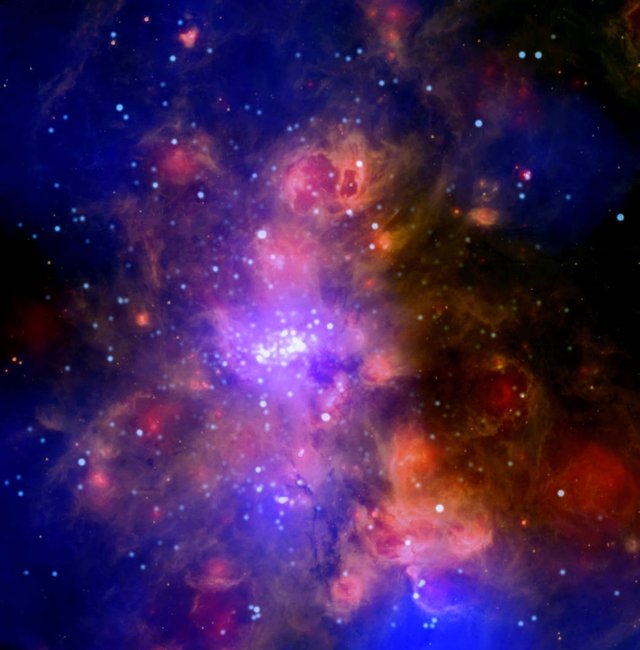
Hope you people will read my article and provide your valuable suggestions and thoughts by commenting below. So, without any further delay let us start the exploration!!
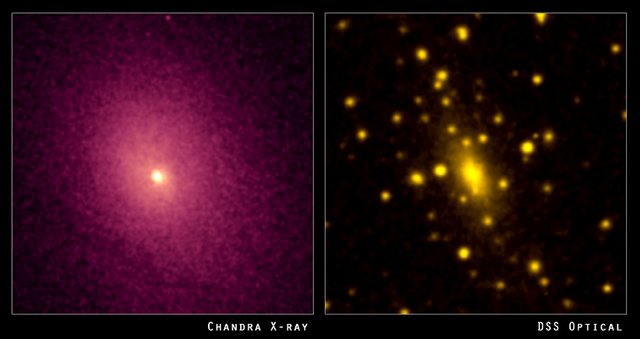
So, we've actually explored this galaxy a few times and we've even gone inside and found the supermassive black hole. But today I really wanted to do something a little bit different. I wanted to actually use the principles of the so-called Drake Equation and basically the equation that kind of predicts life out there in the universe and try to see if we can use this equation which is actually already implemented in space engine to try to discover some kind of life on the inside. This galaxy is so large we could actually start anywhere. But I really would like to start right in the middle very close to the central supermassive black hole.
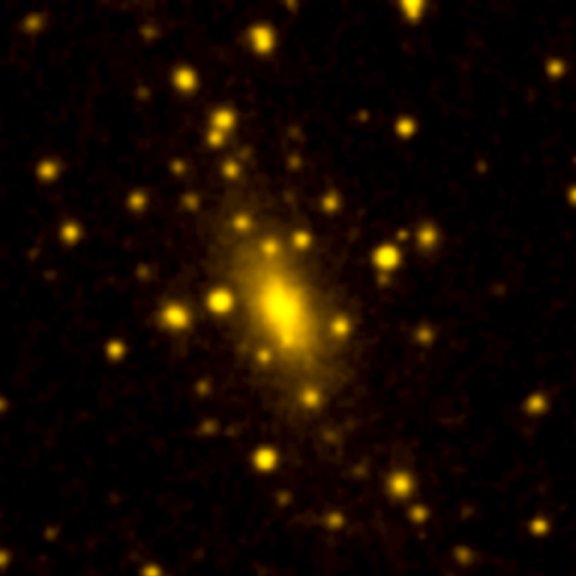
So, we're going to go jump into this really large galaxy which is currently the record holder for the largest galaxy we've ever seen. There is like hundred trillion stars. There trillion that's about a thousand or even more times more than our own Milky Way. This galaxy is also about at least ten times bigger in terms of the actual radius than the Milky Way. Although, in our particular simulation it is actually something like thirty times bigger and we're moving it right in the middle of this. A lot of stars there are actually really older and ancient. They're over ten billion years old and for the most part when it comes to actual types of stars; all of these are actually red dwarfs and that also implies that there may be some chance at least that we might be able to discover some kind of life somewhere around some sort of red dwarf in this galaxy.
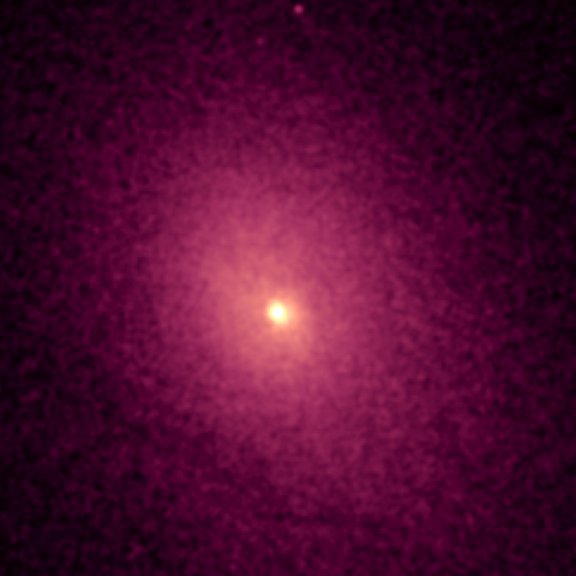
All right, so we've approached the central globular cluster and stopped right next to it and there's a lot of dust. By actually decreasing the magnitude a little bit we have started looking for life using space engine. In the space engine we started searching with the organic life. We found quite a lot of planets with life on it. Now, this was out of nine thousand two hundred stars and interestingly because of the way that the space engine calculates probability or no possibility of life on planets; this actually gives us a lot of hope for finding life out there and obviously this is organic life.
.png)
.png)
We can do the same thing for the more exotic life which is non-organic. We have four hundred sixty-six planets with life in the middle of this galaxy out of nine thousand and two hundred twenty eight. This particular system has three planets with life on it that's kind of cool! That's actually pretty insane as you will see most of these planets are type M with some being type K. These are all basically a red dwarf. There is an F-star. This is actually a little bit more similar to our own Sun and there's even a G-type star which is very similar to our Sun. But with almost majority of these being red dwarf.
.png)
.png)
There is a red dwarf very close to the central black hole actually and it's in the globular cluster with the central black holes as well. This is actually very interesting because I didn't expect to find so many planets for the life there. So, this star looks like it's a little bit funky. Actually it doesn't have a shape. If you decrease the luminosity you'll see that there is may be some central region that's basically a core. But I think for the most part this has kind of turn into this amorphous blob which is not really good for life. In this particular part of universe basically this galaxy is filled with dust and it's also filled with really ancient yellowish worlds.
.png)
.png)
But anyway this sub Jupiter like actually has what seems to be okay; has two moons with life on them. So, it's not the actual Jupiter. It's not the actual gas giants. The planets around it has organic unicellular; a sub glacial life basically underneath the ice. So, this is the moon of that particular planet with life underneath the ice kind of like what we think may be Enceladus and Europa have. One day we will might be able to discover life there and this here has also organic multi-server subglacial life. Both of them are kind of similar. So, both of these are basically kind of like Europa and Enceladus.
.png)
.png)
Then we have this other object. Let's go and discuss what this other object? It's cold airless mini aquarium and here we have once again sub glacial unicellular life which is again interesting. But this is a planet actually and here we have once again a life underneath the ice a layer on top. This is very interesting! But not super exciting. I guess because all of this life is underneath the ice and we unfortunately can't really get there now. So, we thought what if we take a look at one of the more sun-like objects and searched for the g-class. So, g5 is very similar to what our Sun and is like the yellow dwarf which basically is pretty much almost the same mass as our Sun may be a little bit more massive like 1% - 2% more massive has two planets and actually some of them are very beautiful.
.png)
.png)
It has a brown dwarf in the system that's pretty cool! So we were looking at this first. This is a cool Jupiter like that has a moon which also once again has subglacial life and as you will see this actually is based on the prediction we currently have where we think that a lot of these glacial planets; all of these planets that have our moon series that have ice cover on them will probably have liquid ocean underneath and inside of this ocean there might be life.
.png)
.png)
So that's all I wanted to discuss about in this article. I wanted to look around for different types of life in the largest galaxy we have ever discovered and as you have seen based on mathematics alone we might be able to discover quite a lot of very unusual life there. That also means that in our own galaxy we will find a lot of stuff out there as well! So we definitely have to keep looking. Thank you so much for reading this article guys and if you've enjoyed reading the information in this article, don't forget to just Resteem for those who enjoys reading space articles and wants to learn more through the information provided here!!

STEEMSTEM
SteemSTEM is a community-driven project that now runs on Steem for more than 1.5 year. We seek to build a community of science lovers and to make the Steem blockchain a better place for Science Technology Engineering and Mathematics (STEM).
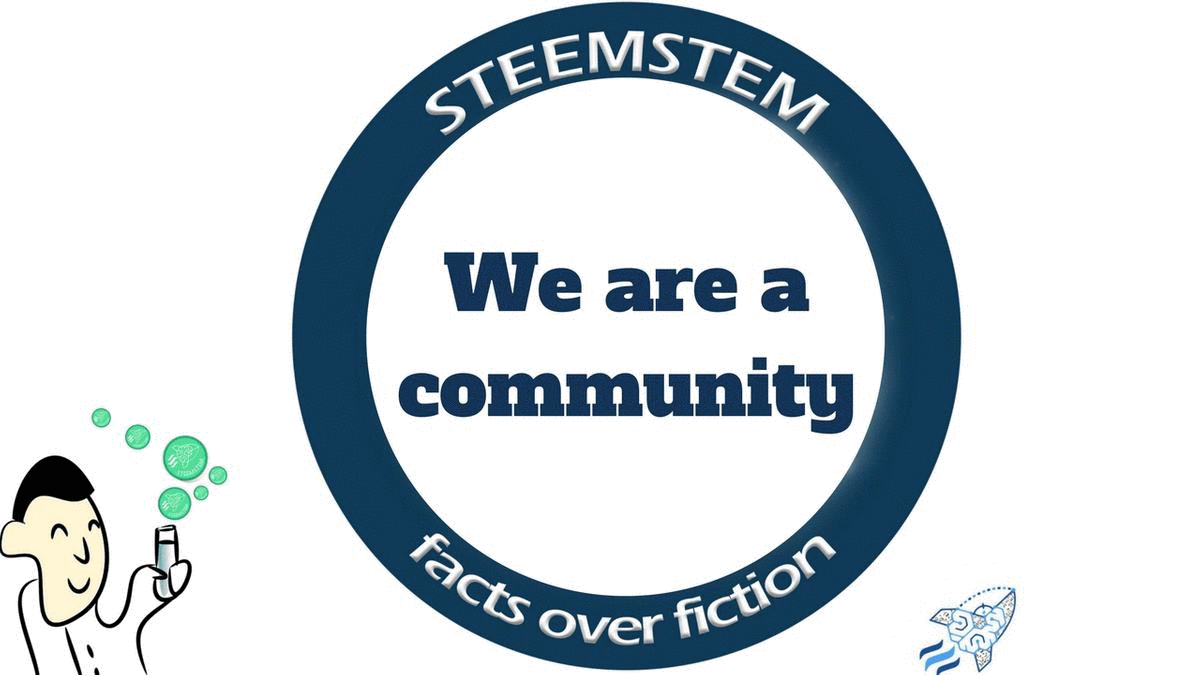
More information can be found on the @steemstem blog, on the discord server and in the last project report. Please also have a look on this post for what concerns the building of our community.
I didnt know much about this galaxy. Thanks for sharing this informative article with us, bro.
This looks interesting, hope we would find life outside our planet soon!
Hi @ied! Thanks for taking out time and commenting. :)
Very soon we may hear the news about having life outside our earth because lots of scientists and researchers are working on finding life outside our earth and the results are very positive so far! :)
yap, hopeful for tht big day to come soon.
Hi @star-vc!
Your post was upvoted by utopian.io in cooperation with steemstem - supporting knowledge, innovation and technological advancement on the Steem Blockchain.
Contribute to Open Source with utopian.io
Learn how to contribute on our website and join the new open source economy.
Want to chat? Join the Utopian Community on Discord https://discord.gg/h52nFrV
Hi @utopian-io! Thanks a lot for the support. It is really a wonderful experience seeing your support here!! :)